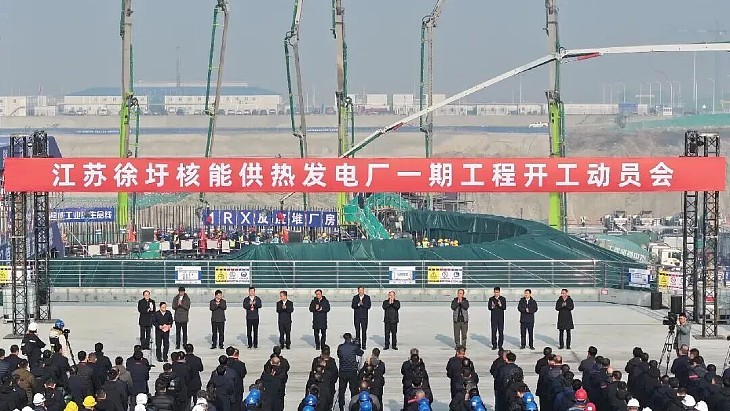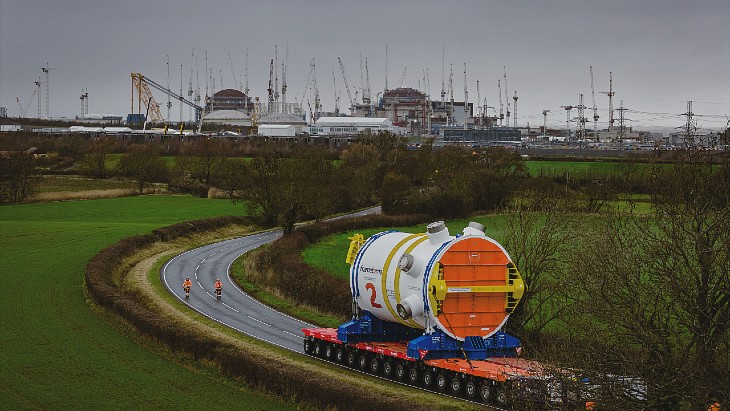GE Hungary, a subsidiary of General Electric, has won a €793 million ($970 million) contract to manufacture and supply the turbines for two new reactors under construction at the Paks nuclear power plant, Russian news agency RIA Novosti reported yesterday.
Citing the procurement website of Russian state nuclear corporation Rosatom, the report said GE Hungary had bid for the contract for its consortium with Alstom Power Systems, another General Electric subsidiary. Russian power plant equipment company Power Machines also took part in the tender, which was held by the general contractor for the Paks II project - Rosatom's engineering subsidiary ASE Group.
Paks currently comprises four Russian-supplied VVER-440 pressurized water reactors, which started up between 1982 and 1987. These units account for about half of Hungary's electricity production.
An inter-governmental agreement signed in early 2014 would see Russian enterprises and their international sub-contractors supply two new units at Paks - VVER-1200 reactors - as well as a Russian state loan of up to €10.0 billion ($11.2 billion) to finance 80% of the project. Under the agreement, Hungarian companies will conduct about 40% of the work on the project.
In May last year, Russia's ASE passed an audit as general contractor of the Paks II project and received a 'certificate of compliance' with the requirements of its EPC contract. The audit was conducted in Moscow and Nizhny Novgorod by its customer for the project, MVM Paks II, and the Hungarian Atomic Energy Authority. The award meant ASE can start the 'active phase' of construction work on two new units at Paks early next year, in line with the licensing process for the project. Construction work on Paks II is scheduled to start as early as this month.
General Electric companies won turbine tenders for Finlandʼs Hanhikivi 1 nuclear power plant in 2016 and Turkeyʼs Akkuyu nuclear power plant last year. Rosatom will provide the reactors for both these projects.
Researched and written
by World Nuclear News






_28178.jpg)
_66891.jpg)





